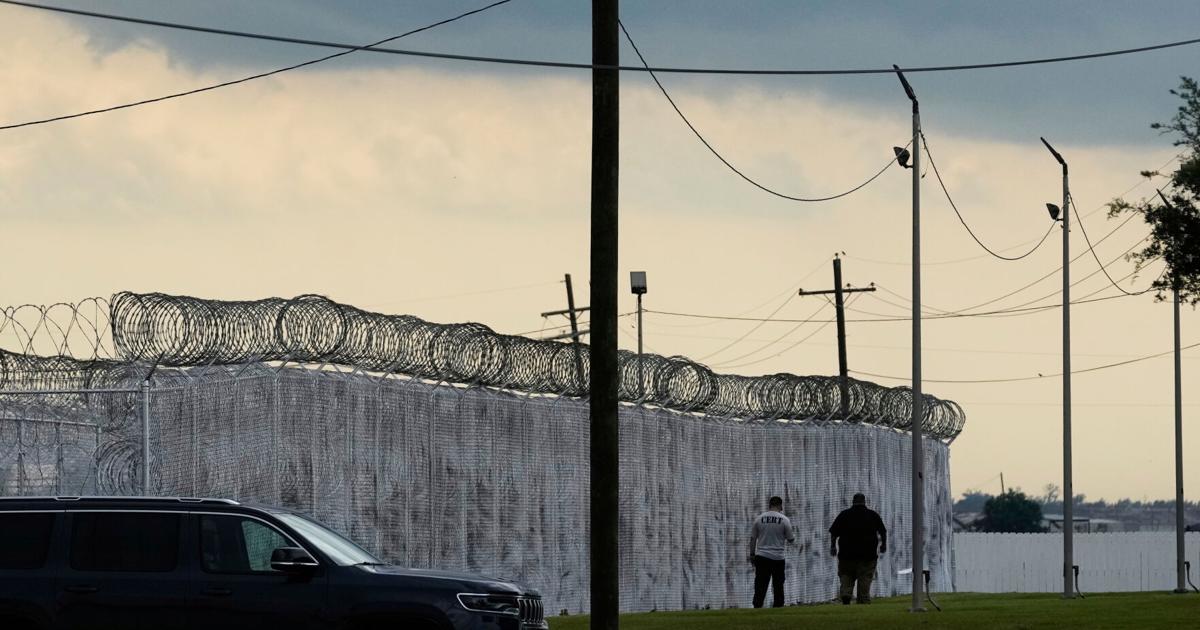Copyright forbes

A giving plan turns wealth into lasting impact. AI-generated image The Chaos Behind the Checkbook Every December, families across the country sit around dining tables or boardroom tables, trying to answer the same question: Where should we give this year? Requests pile up. Deadlines loom. A cousin champions one cause while the next generation suggests another. Checks get written in a flurry of good intentions. But when January arrives, no one is quite sure what those donations actually accomplished. It’s not that families don’t care. They care deeply. What’s missing is a clear family giving plan—a simple, shared roadmap for how and why they give. Without it, philanthropy becomes scattered and reactive. With it, giving becomes focused, joyful, and deeply aligned with family values. The Real Cost of Disorganized Giving Many ultra-high-net-worth families fall into what I call the “reactivity trap.” They respond to the latest request, the most persuasive friend, or the most urgent appeal. Giving feels good in the moment, but it often leads to exhaustion and regret. I’ve advised hundreds of donors who felt that same quiet frustration. They had wealth, generosity, and even family agreement that “we should do more.” But without a plan, they lacked direction. And that lack of clarity cost them time, money, and impact. As I wrote in Delusional Altruism, good intentions aren’t enough. How you give is just as important as how much you give or which causes you support. What a Family Giving Plan Does A family giving plan is not a complex strategy document or a binder of buzzwords. It’s a living framework that guides decisions, aligns values, and makes giving feel purposeful instead of pressured. Here’s what it does: - Brings clarity: Everyone knows the “why” behind your giving. - Reduces conflict: No more debating ten causes at every family meeting. - Builds legacy: Values, not just wealth, get passed down. - Saves time: Decisions become easier because your priorities are already defined. One family I worked with realized their giving had ballooned into 47 separate causes, everything from medical research to local sports teams. By creating a giving plan, they focused on five core areas they cared about most. Not only did their impact multiply, but their family discussions turned from tension to pride. The 3 Steps to a High-Impact Family Giving Plan 1. Expand Your Vision Clarify what truly matters to you and your family. Identify the values you want to carry forward and the kind of change you hope to create in your community or the world. This step helps you move from vague intentions to a clear, shared purpose—something tangible everyone can respond to. It’s about starting with a vision that’s “good enough” to build on, rather than waiting for perfect clarity. MORE FOR YOU 2. Create Your Plan Turn your vision into a practical roadmap. Decide how you’ll give, how much, and how you’ll measure success. Define your focus areas, clarify roles, and establish simple decision-making processes that make giving easier, not harder. The goal is progress, not perfection. Create the minimum structure you need to move confidently from where you are to where you want to be. 3. Change the World Begin giving with intention. Use your plan as a guide, not a cage. The best strategies evolve as your life and priorities do. When you act on your plan, even in small ways, you shift from reactive generosity to intentional impact, transforming both your philanthropy and the experience of giving itself. It’s the same approach that transforms a business from reactive to strategic. A philanthropy strategy provides the same clarity. Only here, your return is measured in impact and meaning. Why Families Can’t Wait We’re in the midst of the largest intergenerational wealth transfer in history, with over $84 trillion changing hands in the U.S. alone. Yet too few families are equally intentional about transferring their values along with their wealth. Younger generations don’t just want to inherit money. They want to inherit purpose. If families don’t define that purpose together, they risk watching future generations drift apart, both financially and emotionally. A family philanthropy plan is one of the simplest, most powerful ways to hold a family together while doing real good in the world. It gives everyone a shared project, a reason to gather, and a sense of belonging rooted in contribution rather than consumption. How to Begin You don’t need to hire a consultant or hold a retreat. You just need to start. Begin by asking three questions: 1. What matters most to us as a family? 2. Where can we make the greatest difference? 3. How do we want to experience the joy of giving together? The answers will form the foundation of your plan and open conversations you didn’t even know you needed to have. If the idea feels overwhelming, remember this: the goal isn’t to be perfect. It’s to be intentional. The Bottom Line Philanthropy without a plan is like investing without a strategy. You might get lucky, but odds are you’ll miss opportunities and waste resources. A family giving plan replaces chaos with clarity. It turns guilt into joy, obligation into purpose, and giving into something that connects generations. The world doesn’t need more random acts of generosity. It needs more families who give with intention, alignment, and heart. And that can start with one simple question around your own dinner table: What kind of impact do we want to have, together? Editorial StandardsReprints & Permissions



